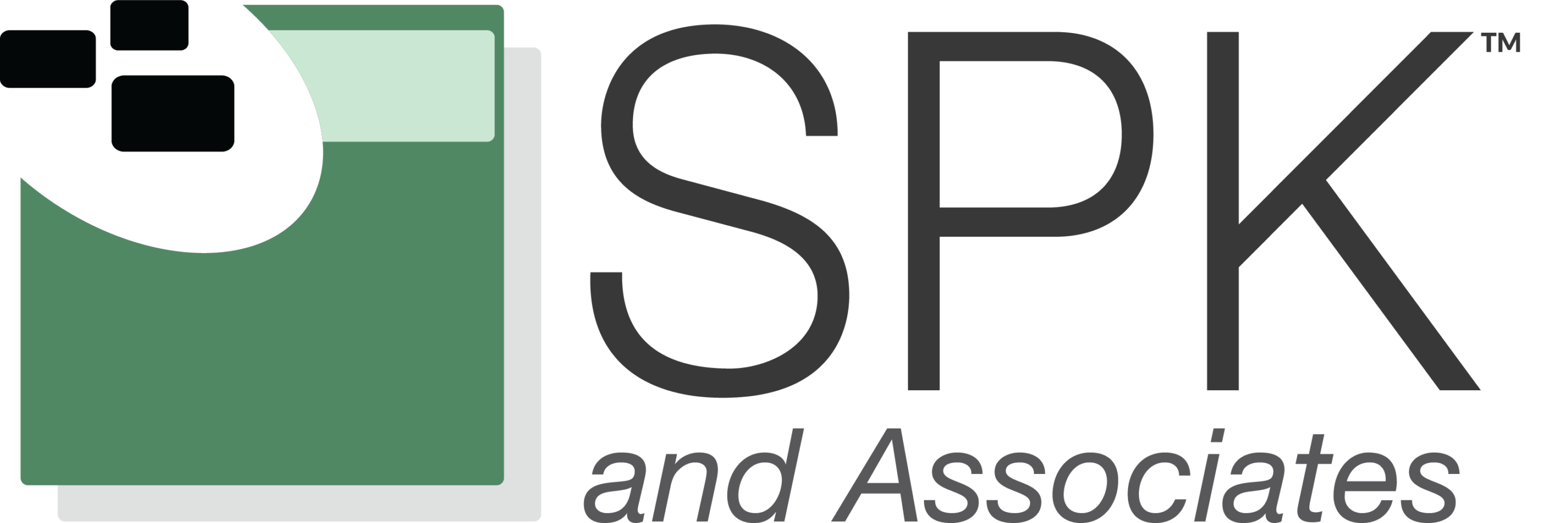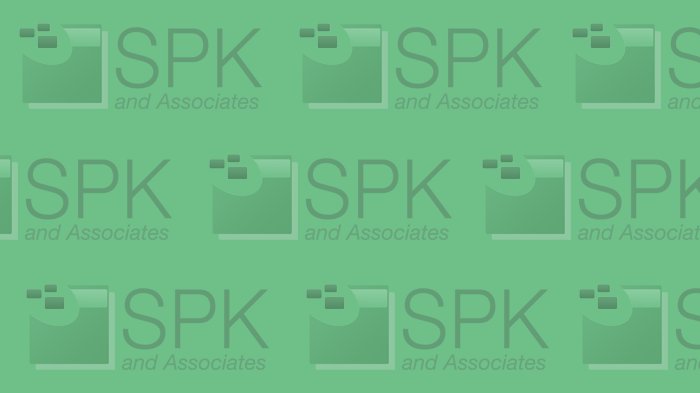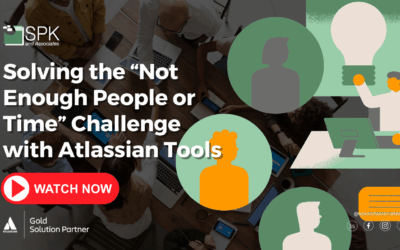It is understandable and smart that companies try to gain cost savings wherever possible while continuing to be profitable and innovative. However, some so-called savings can actually cost more, even when considered over a short or medium term time period.
Engineering tools and networks are essential for product designers, hardware engineers and software developers to create the products which in turn are sold to make a profit. Obviously business models differ in every sector, but there is always a direct relation between product design, overall quality and time to market with turnover and profitability.
This relation is not only in the negative direction (i.e. when the tools fail then engineers aren’t working), but also in a positive direction (i.e. when the tools work well, the engineers are more productive). An Aberdeen Group 2009 report showed that improving engineering productivity can translate directly into a substantial increase (35%) in revenue.
Unfortunately in some businesses the importance of the engineering tools and networks isn’t recognized. This, in turn, means that maintenance and deployment of this infrastructure becomes ad-hoc. In some cases, due to other IT priorities, the design engineers themselves take over the roles of maintaining the tools, in an unofficial capacity of course.
Using design engineers to handle IT-related work leads to some significant problems:
- The design engineers aren’t specialists in the maintenance and deployment of their design tools.
For example, the designers will likely be experts in the use of a CAD system but they won’t be experts in the installation and maintenance of that same system. This means that, for complex tool chains, the overall system is likely to under perform. - When the system fails, the design engineers don’t have the right skills to fix the problems.
How Outsourcing of Engineering Tools Support promotes efficiency and profit:
- The service level agreements in place ensure that when a failure occurs, the right staff is available on-call to fix the problem and get the networks and tools running again. Using proven experts can solve the problems extremely efficiently, minimizing employee downtime.
- The internal engineers are freed from their unofficial role of maintaining the tool chains and can instead concentrate on innovation — increasing the time your engineers and developers can spend designing and programming.
- The tools and networks can be optimized for performance and decrease build times.
Engineering downtime can cost a company thousands or tens of thousands of dollars per day, and when profitability needs improvement, such costs can cripple a company. By using IT outsourcing services to handle the responsibility of the engineering tools and networks, many business will see a direct rise in revenue and profitability.
Experts like SPK can ensure that the stresses of maintaining a complex tool chain can be decreased while up-time is increased. Both result in better business. Download our Case Study to learn how a recent client significantly improved their time to market.
Next Steps:
- Contact SPK and Associates to see how we can help your organization with our ALM, PLM, and Engineering Tools Support services.
- Read our White Papers & Case Studies for examples of how SPK leverages technology to advance engineering and business for our clients.







